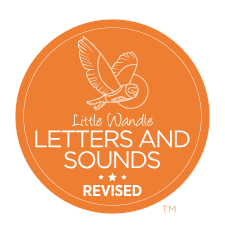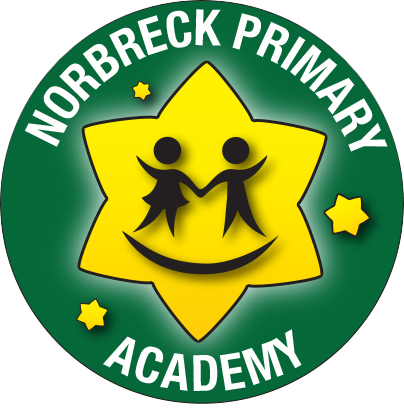Year 1 Phonics Check
What is the Year 1 Phonics Check?
The Year 1 Phonics Screening Check is an individual assessment for all children in Year 1 across England. It takes place each June, and this year it will be held from 9th to 13th June. The check provides valuable information for both teachers and parents about your child's progress in phonics. Its purpose is to help identify any areas where additional support may be needed, ensuring your child doesn't fall behind in this important early reading skill.
This is a school-based check designed to offer support where necessary. It is not a stressful experience—teachers are trained to listen carefully and understand each child's skill level. To make sure your child is comfortable, they will begin with a few practice words before starting the check.
What Does the Phonics Check Assess?
The check assesses your child’s ability to:
- Sound out and blend letters (graphemes) to read simple words
- Read one-syllable and two-syllable words that can be decoded phonetically (e.g., cat, sand, windmill)
- Read ‘nonsense’ words, also known as pseudo or alien words, which are designed to assess decoding skills
What is Included in the Phonics Check?
The check consists of 40 words, divided into two sections, and covers phonics skills your child has been learning in Reception and Year 1. Your child will read up to four words at a time to their teacher, and the entire check typically takes about 5 to 10 minutes.
What are Nonsense (Pseudo) Words and Why Are They Included?
Nonsense words are phonically decodable but do not have any meaning (e.g., brip, snorb). These words are included in the check to ensure that your child can use phonics to decode words, rather than relying on memory. To make it more engaging, the nonsense words will be accompanied by a picture of a monster, and your child will be asked to identify what type of monster it is based on the word. This adds a fun element to the check and helps your child focus on decoding skills without any distractions from existing vocabulary. Children often find the nonsense words amusing, so they tend to enjoy reading them.
How Will My Child Be Scored? Is There a Pass Mark?
The phonics check isn’t about passing or failing, but about assessing your child’s progress. If your child doesn’t meet the required standard, your teacher will work with you to discuss next steps and offer additional, tailored support. Remember, every child progresses at their own pace—if your child doesn’t meet the threshold score, it doesn’t necessarily indicate a serious issue. They will be given the opportunity to retake the check in the following summer term.
In recent years, the government’s threshold mark has been set at 32 correct answers out of 40.
What Happens to the Results?
We will provide you with your child’s results by the end of the summer term in the end of year reports, and we will also report them to the local authority. However, these results are not included in league tables like SATs. If you have any questions or concerns about the results, please feel free to talk to your child's teacher during a parents' meeting or after school.
Do All Schools and Children Have to Participate?
Yes, all schools and academies in England must carry out the phonics screening check, unless they are independent schools. For children with special educational needs, teachers may discuss whether any adjustments are needed, and appropriate action will be taken in consultation with you.
How Can I Help My Child?
To support your child’s progress, check with their teacher if there are any specific areas to focus on at home. Reading with your child daily helps practice segmenting and blending unfamiliar words, which can make a big difference.
What Should I Do if My Child Is Struggling to Decode a Word?
- Break the word down into individual sounds (visit our audio guide in the phonics section for help).
- Blend the sounds together, pointing to each letter or letter group as you say the sound, then say the whole word as you run your finger under it.
- Discuss the meaning of the word with your child if they don’t understand it.
- Work at your child's pace and always offer plenty of encouragement and praise.
By keeping the process positive and supportive, you’ll help your child develop the skills and confidence they need for success in reading.
At Norbreck, we use the Little Wandle Letters and Sounds scheme to teach phonics. For helpful information on how the scheme is taught and how to pronounce each sound correctly, please see the link below.
 For parents | Letters and Sounds
For parents | Letters and Sounds
https://www.littlewandlelettersandsounds.org.uk/resources/for-parents/
